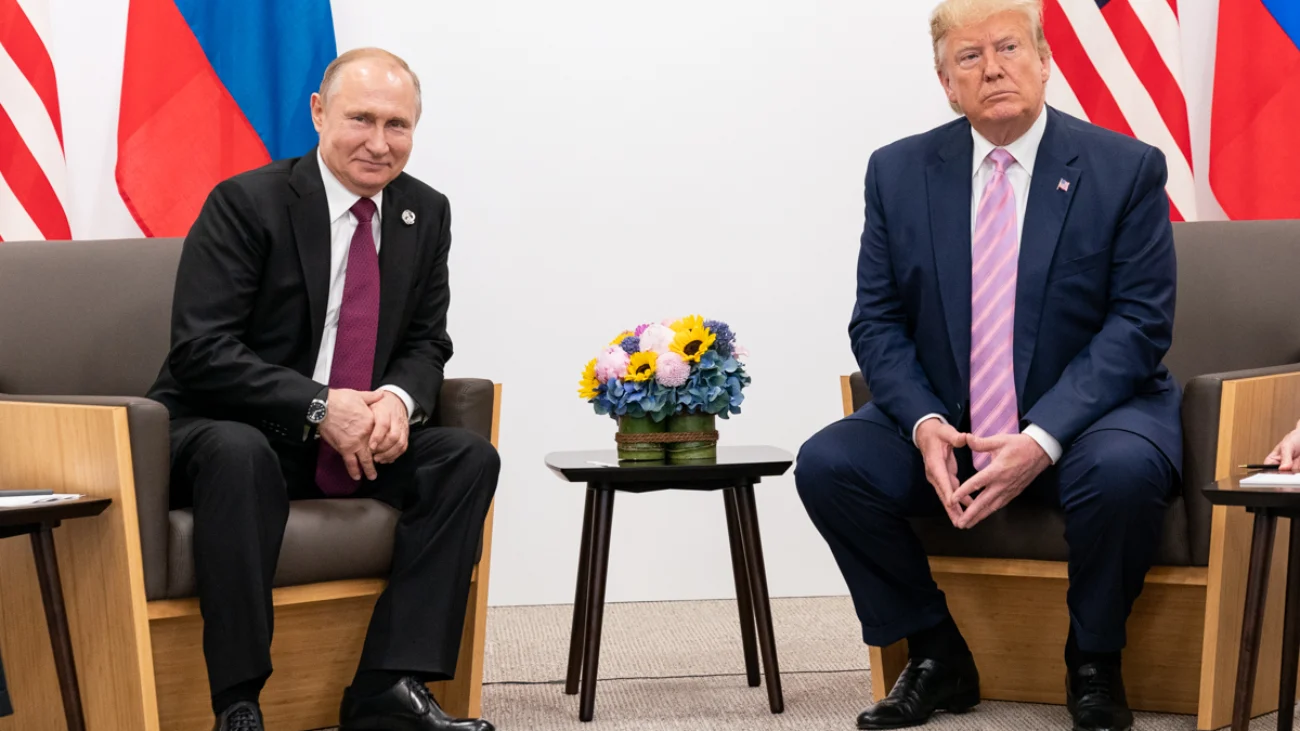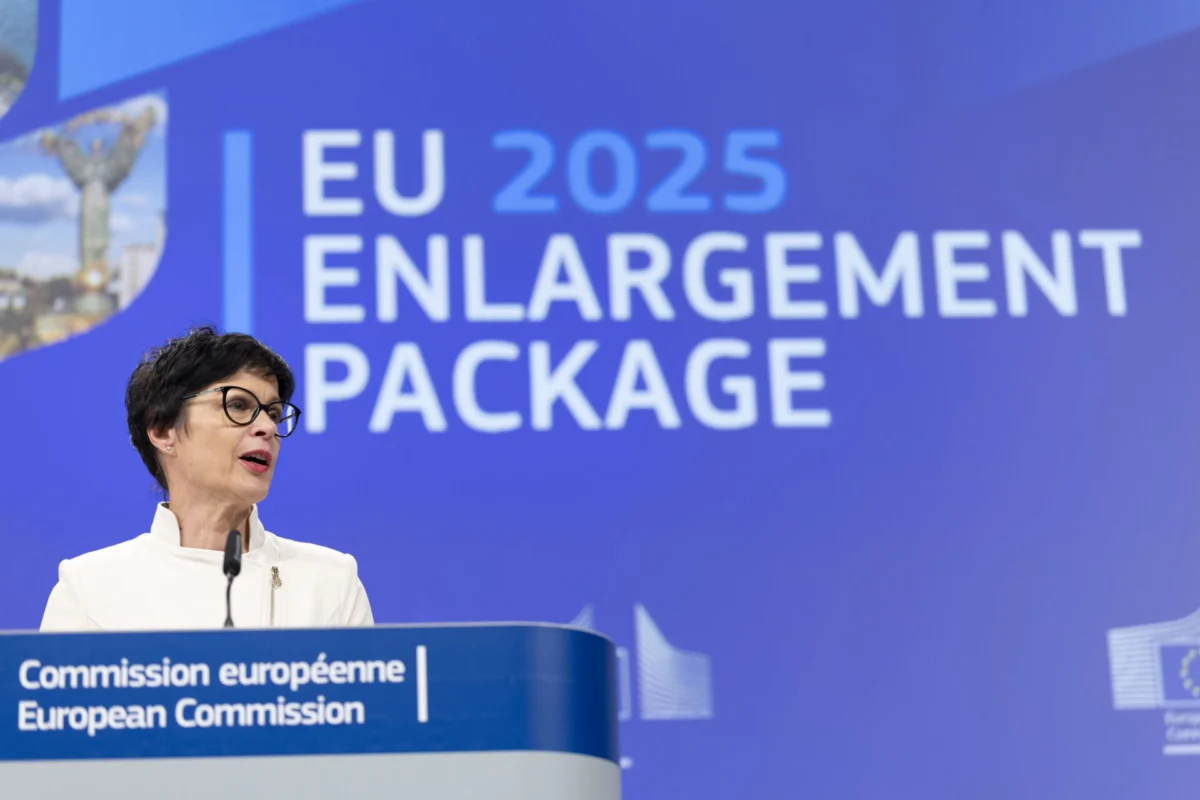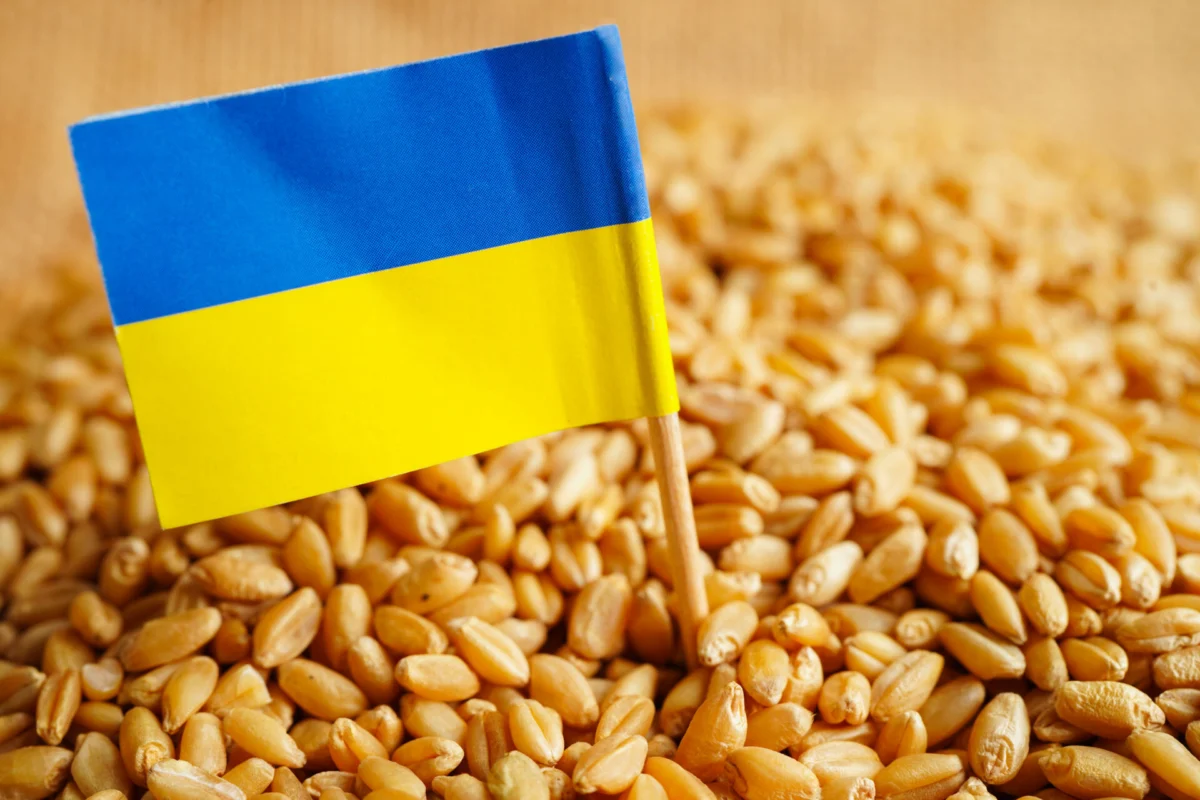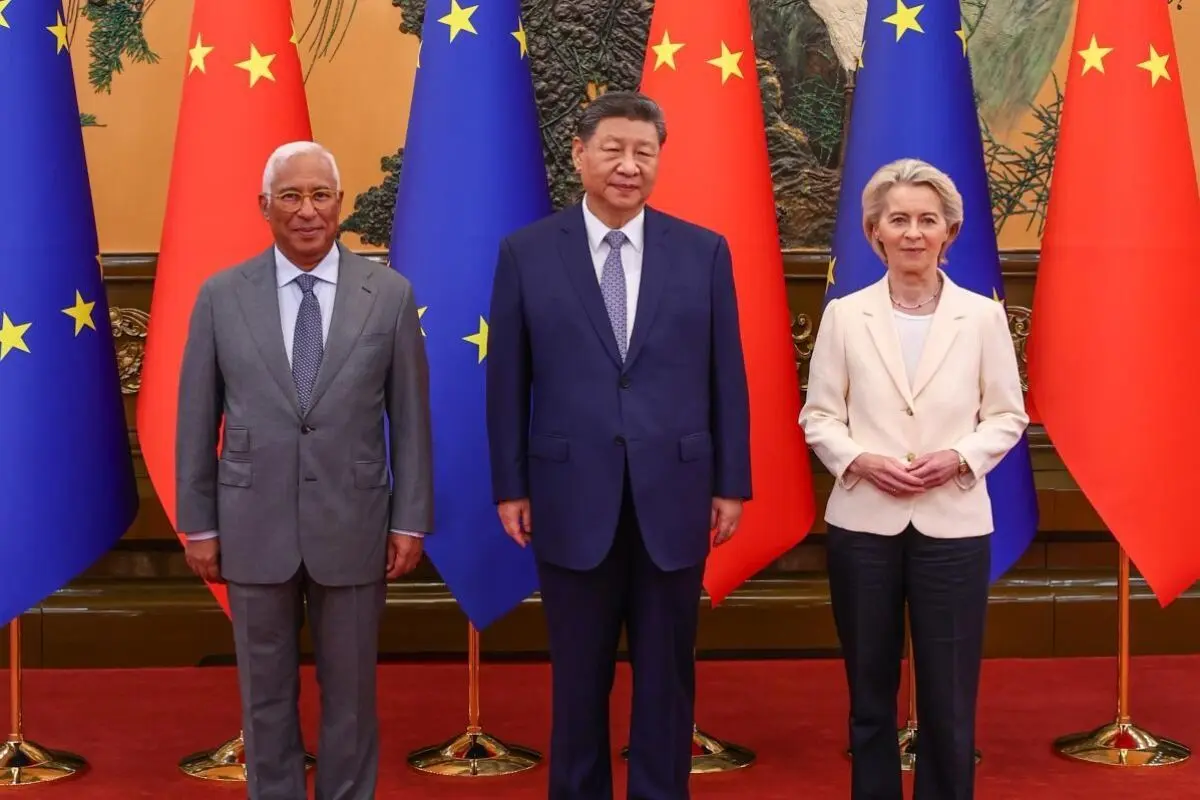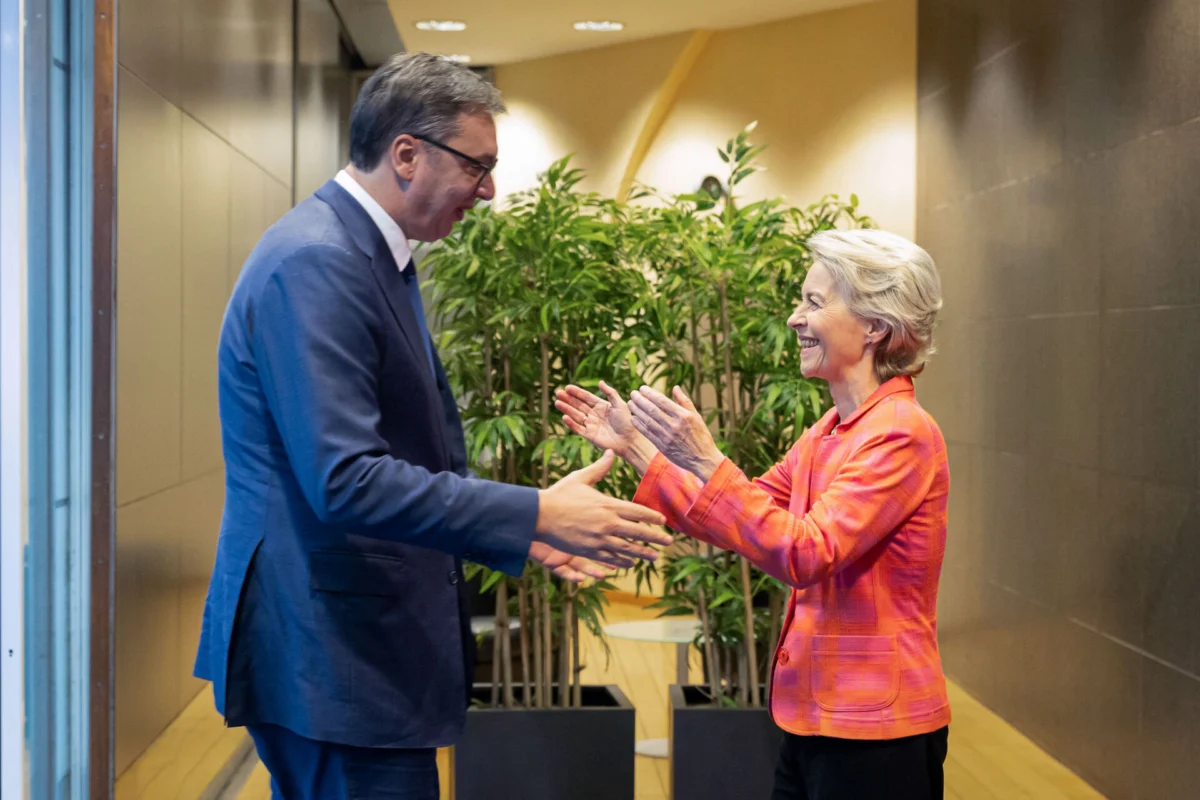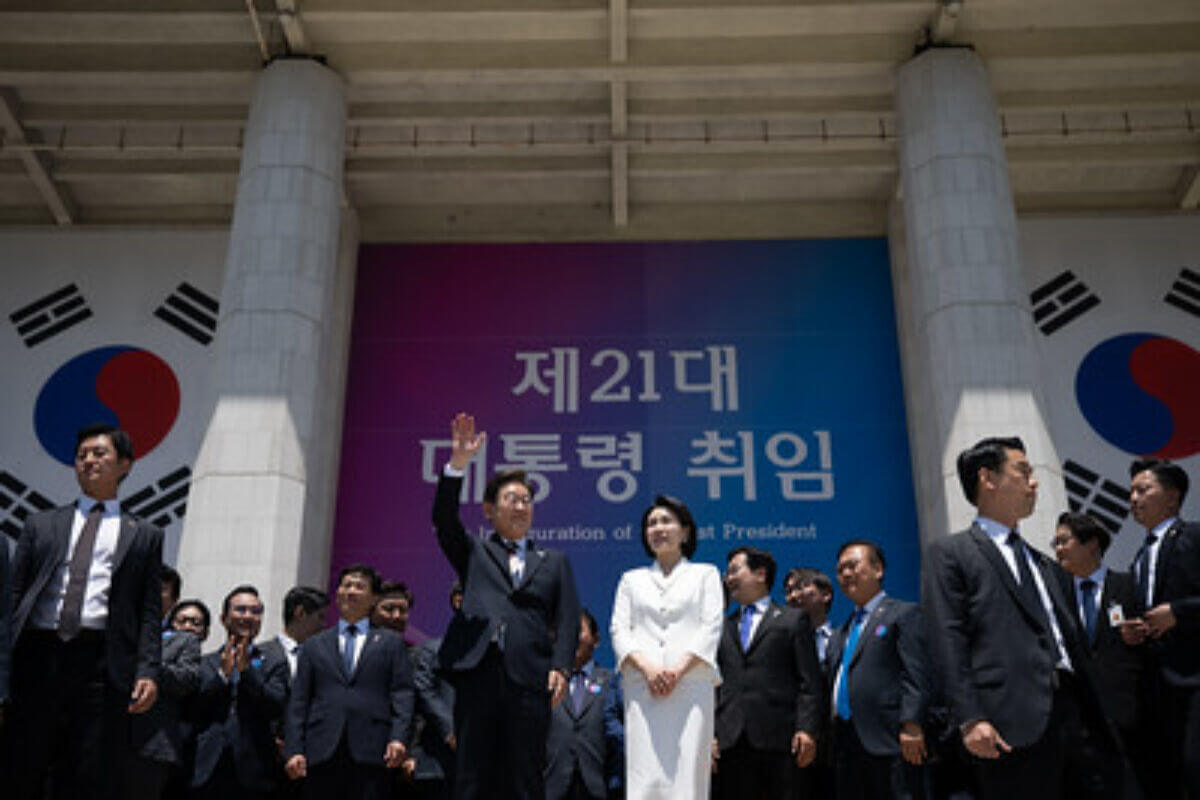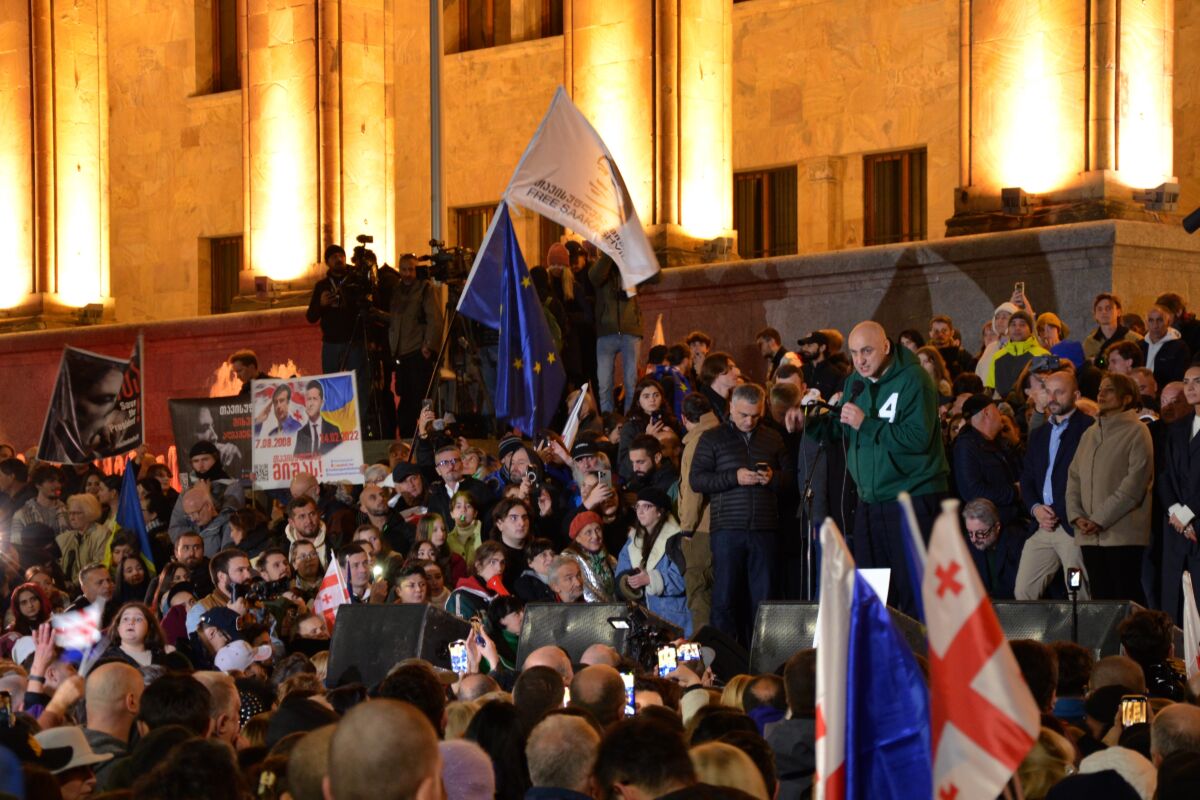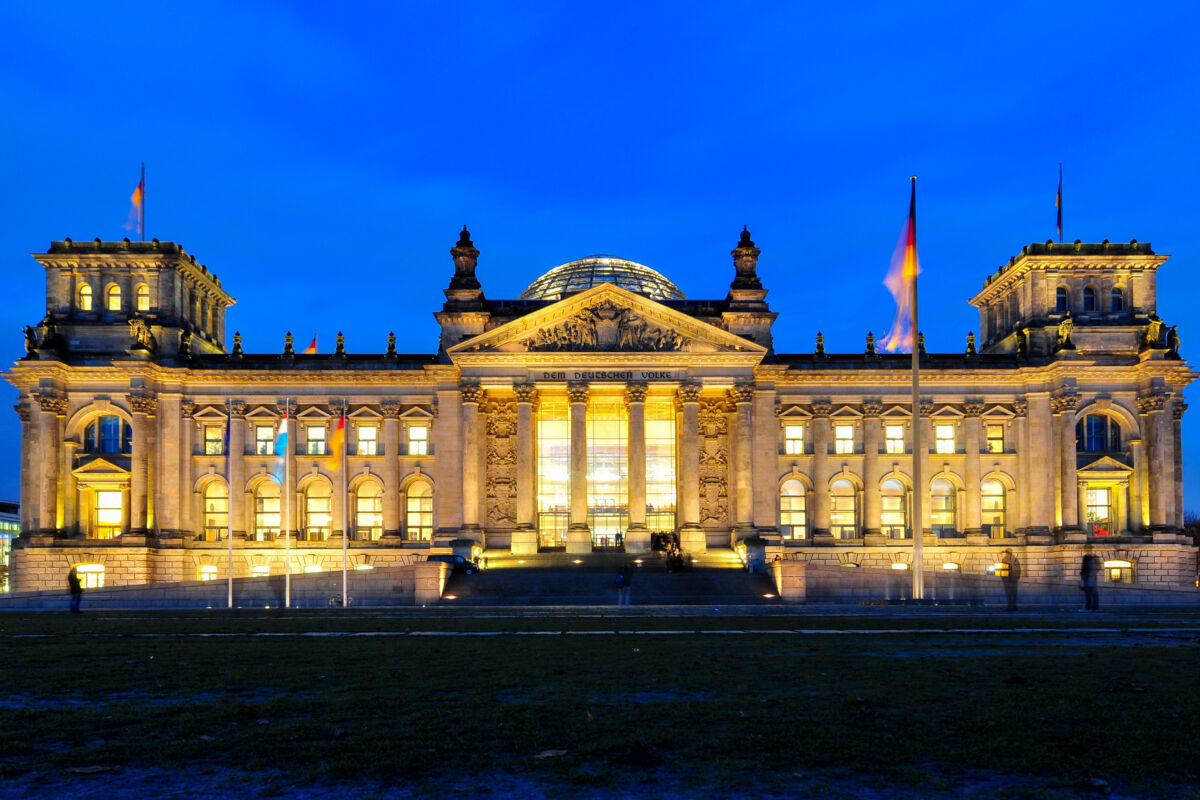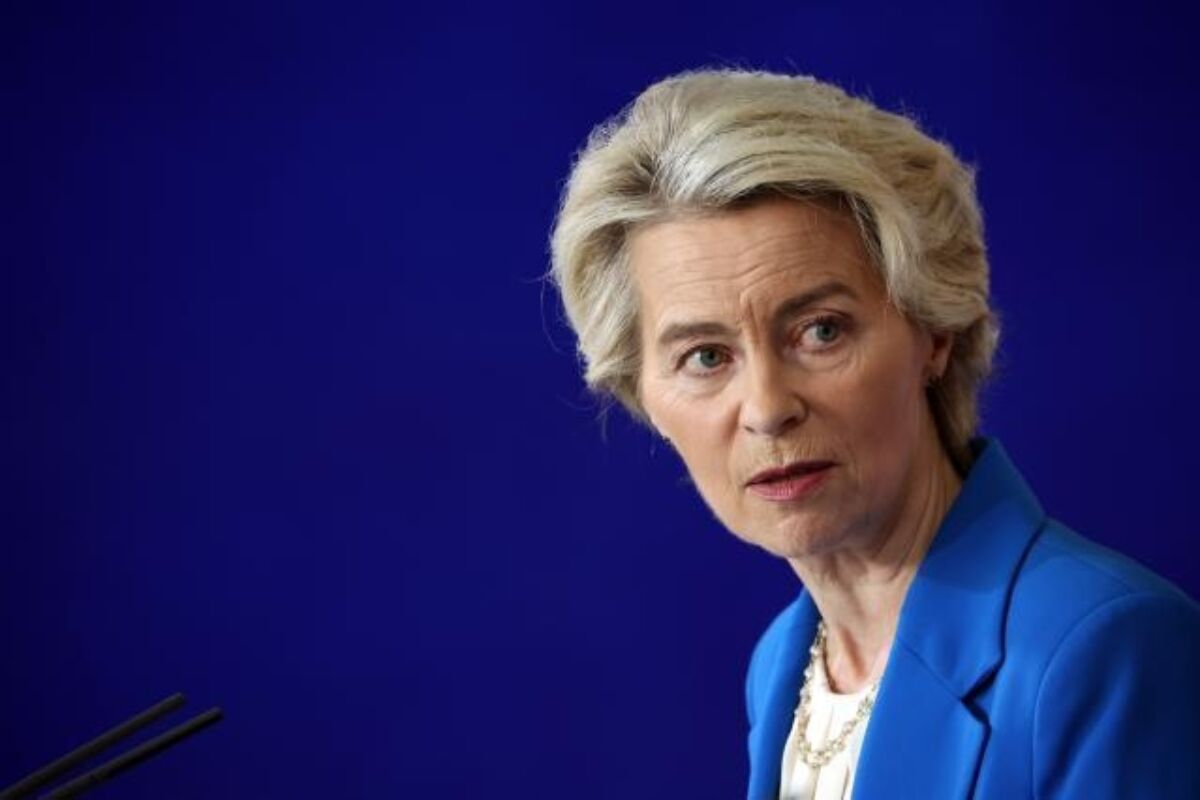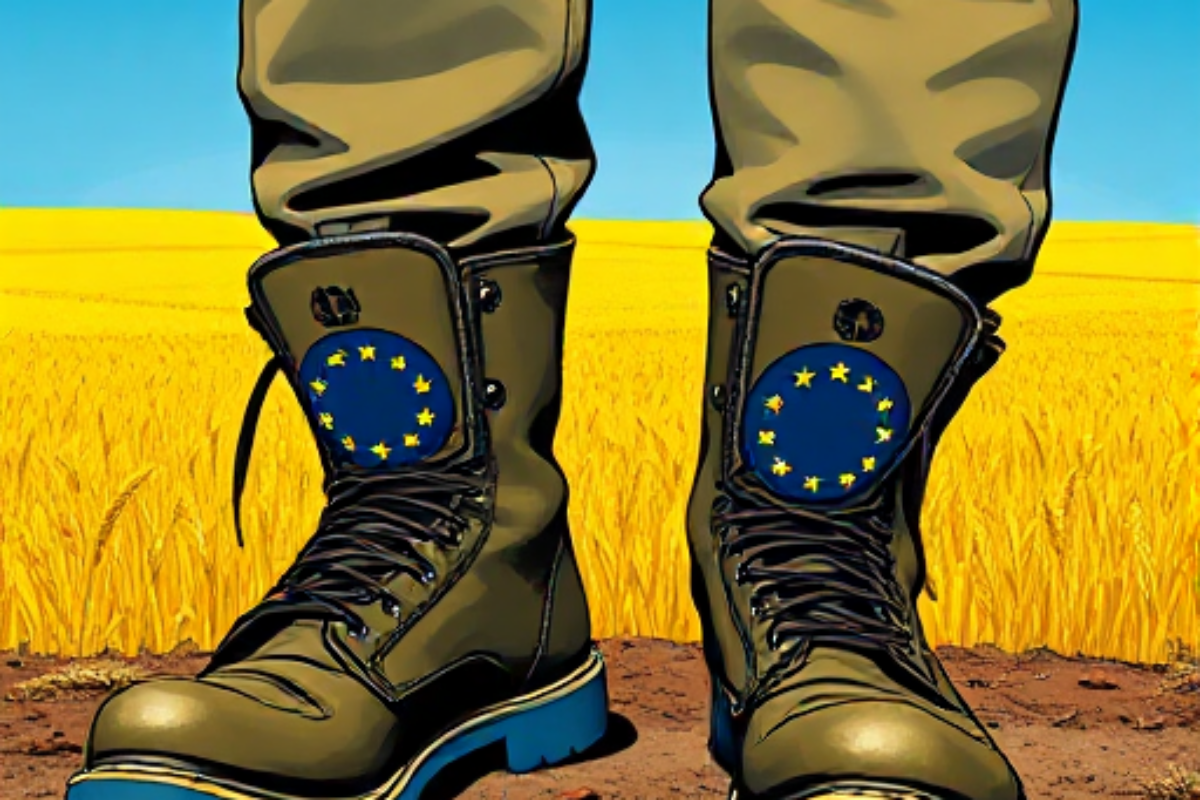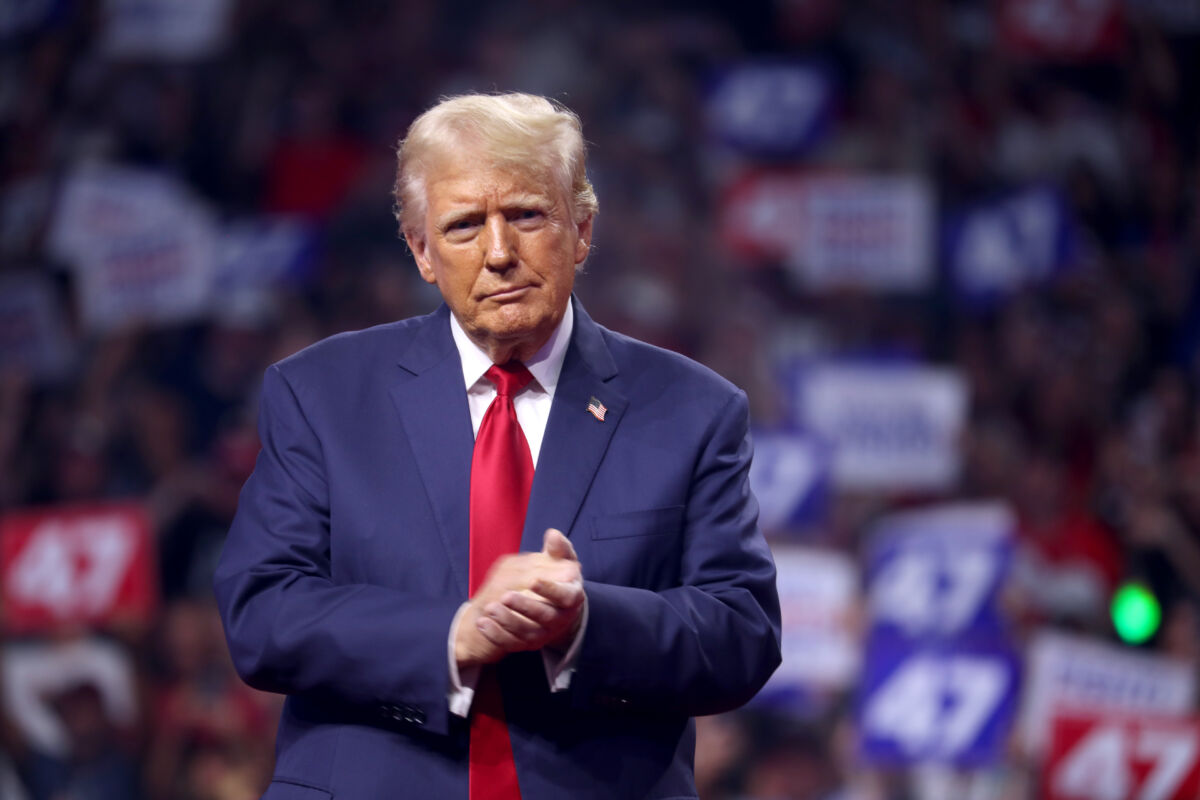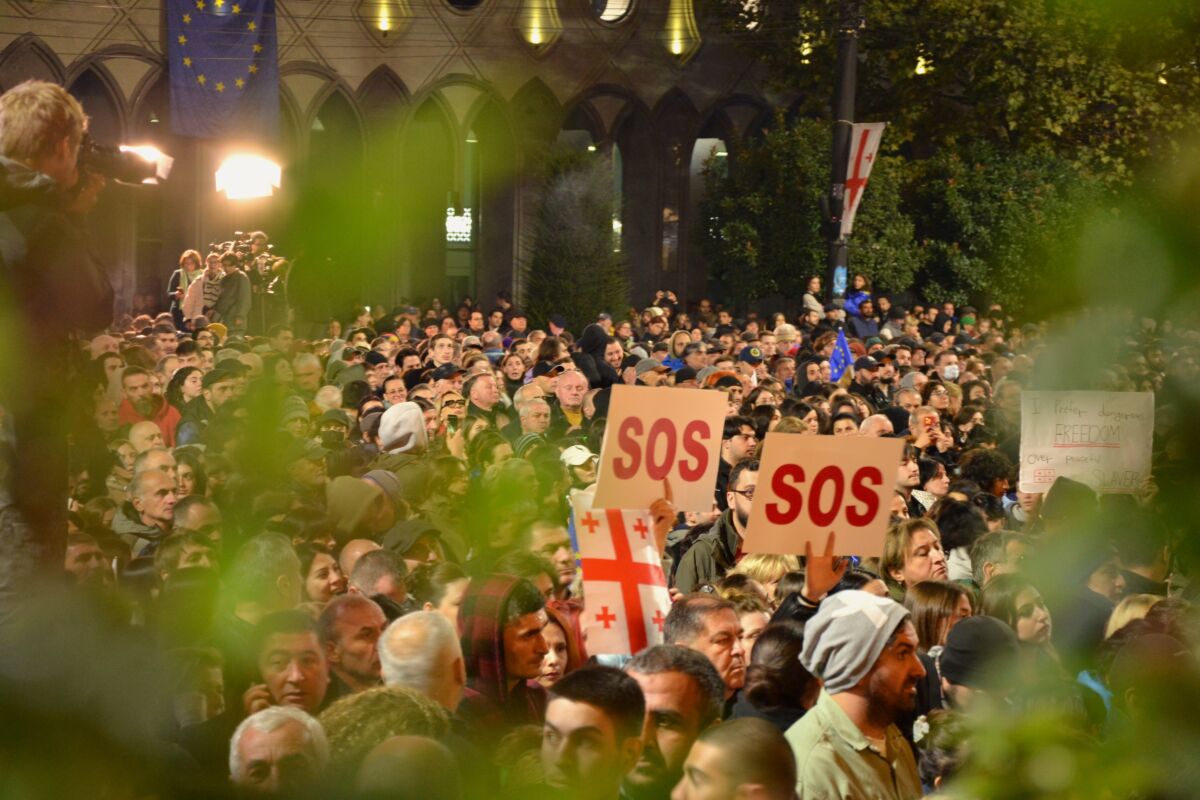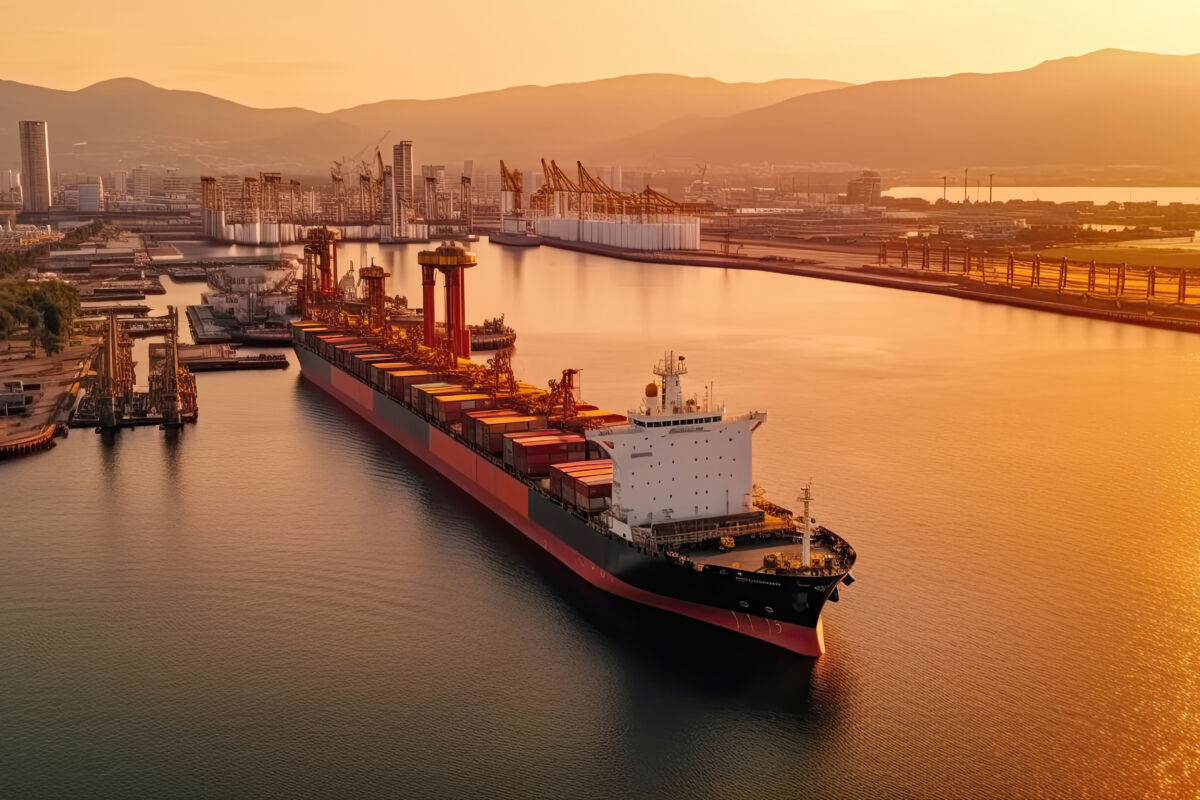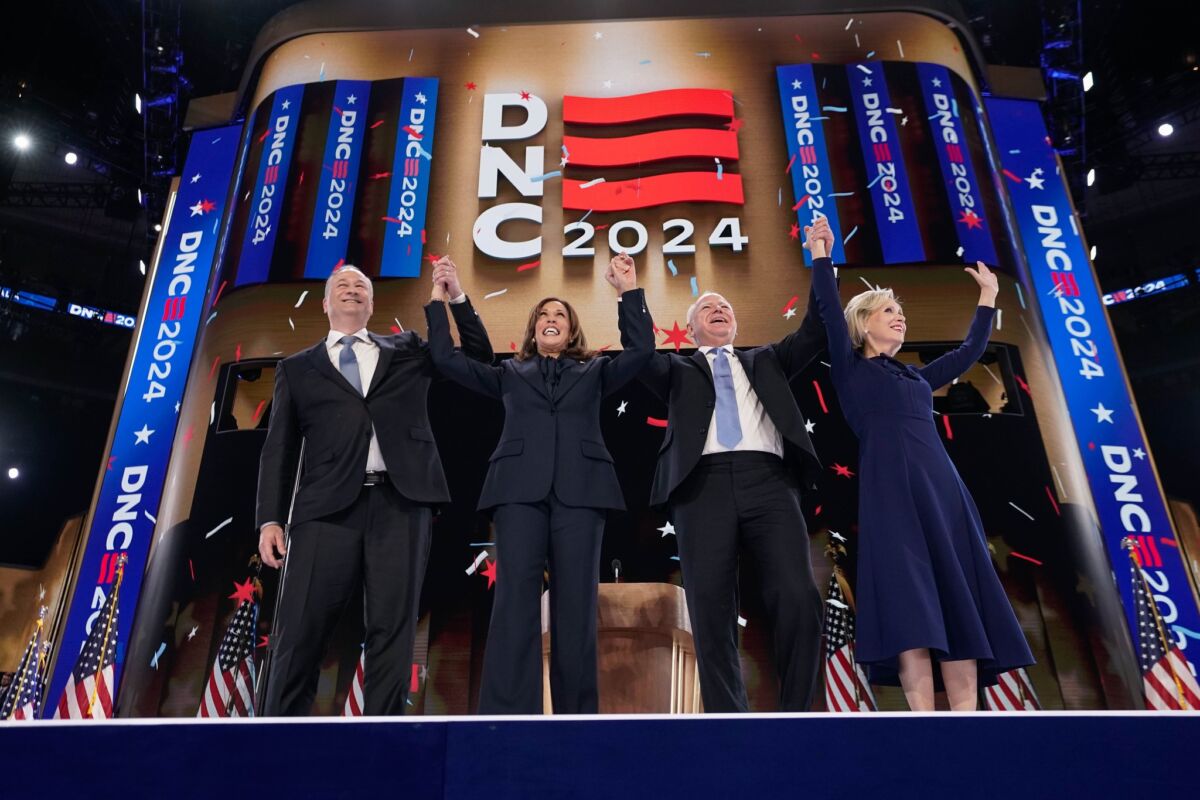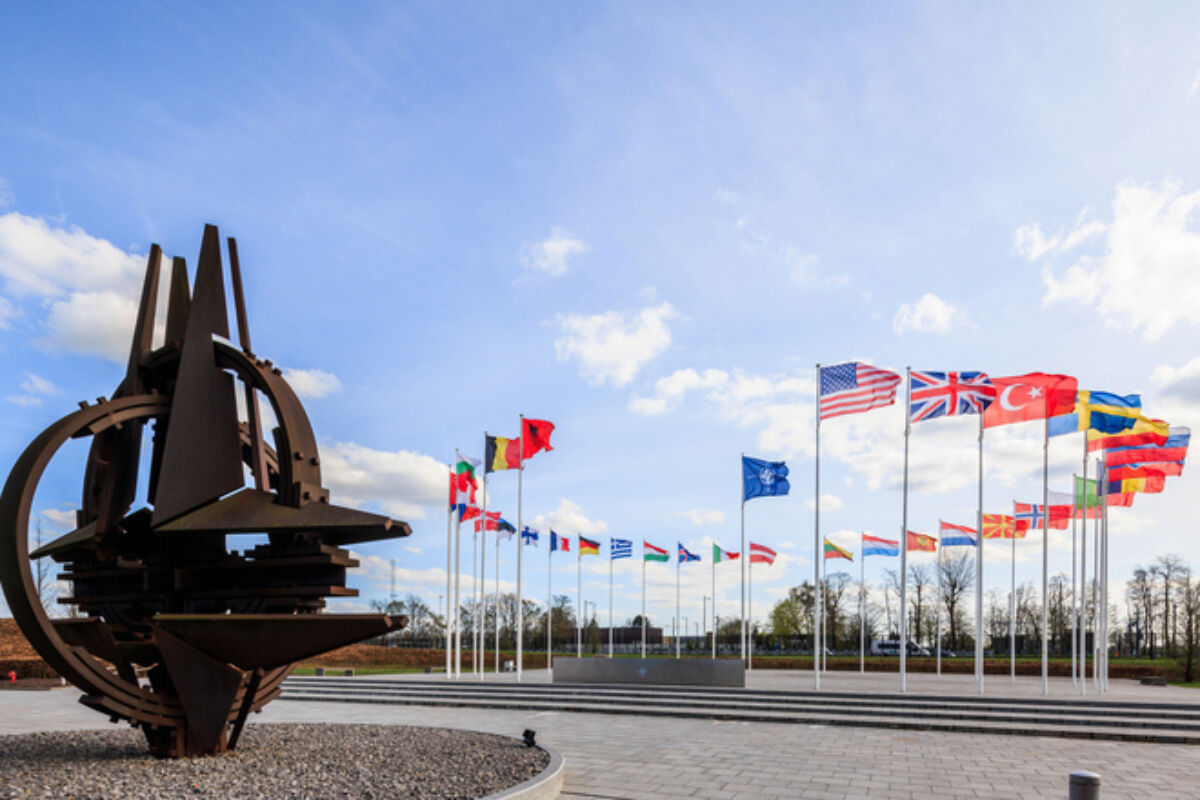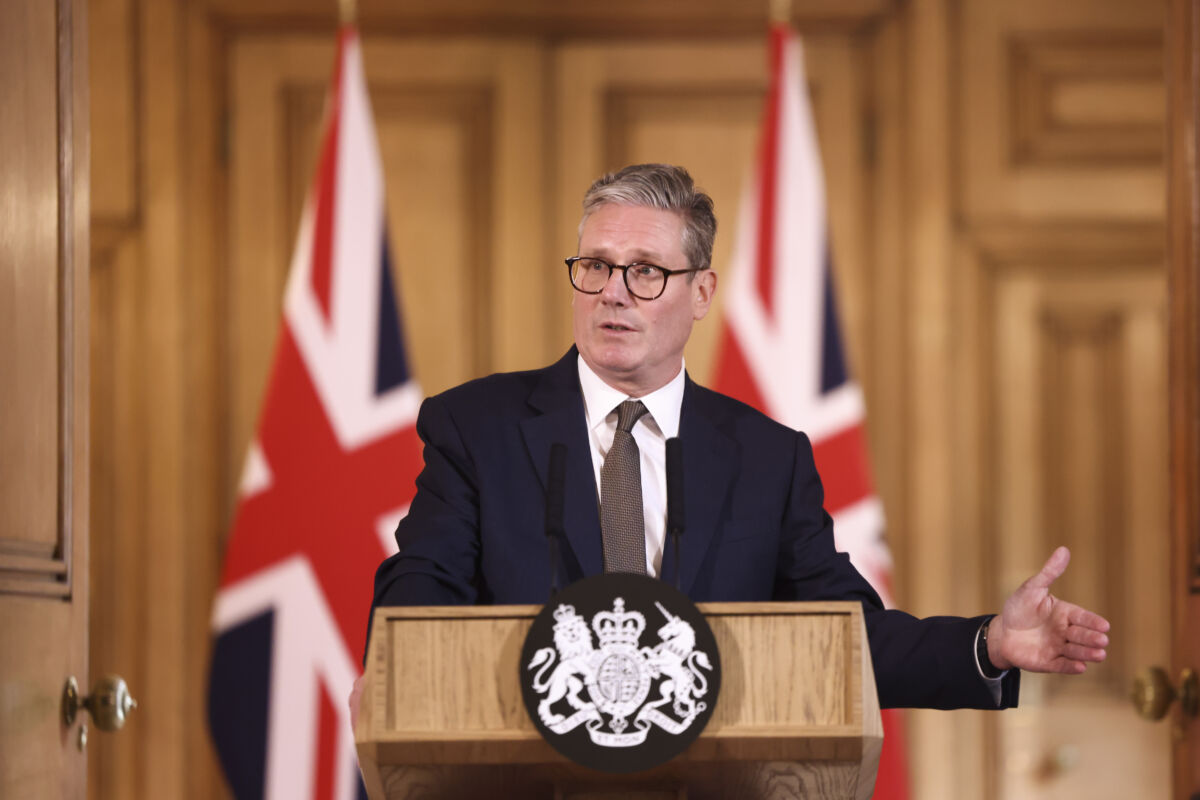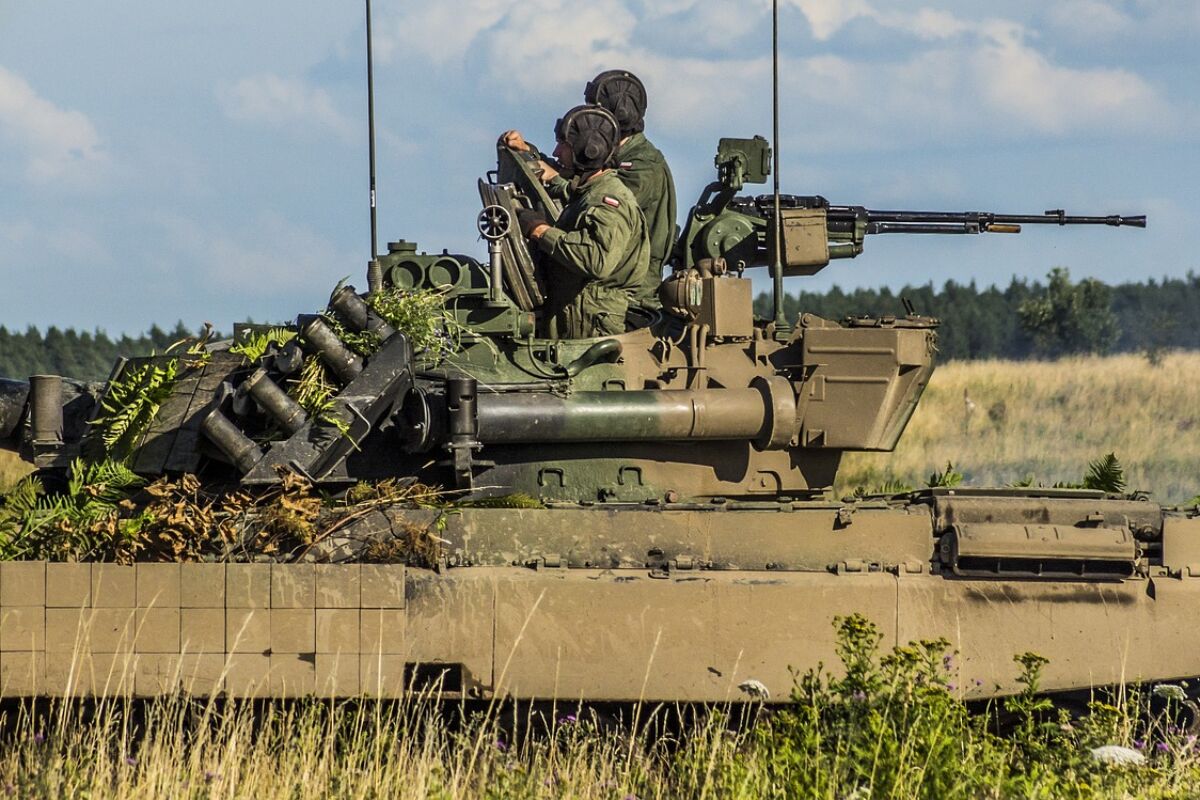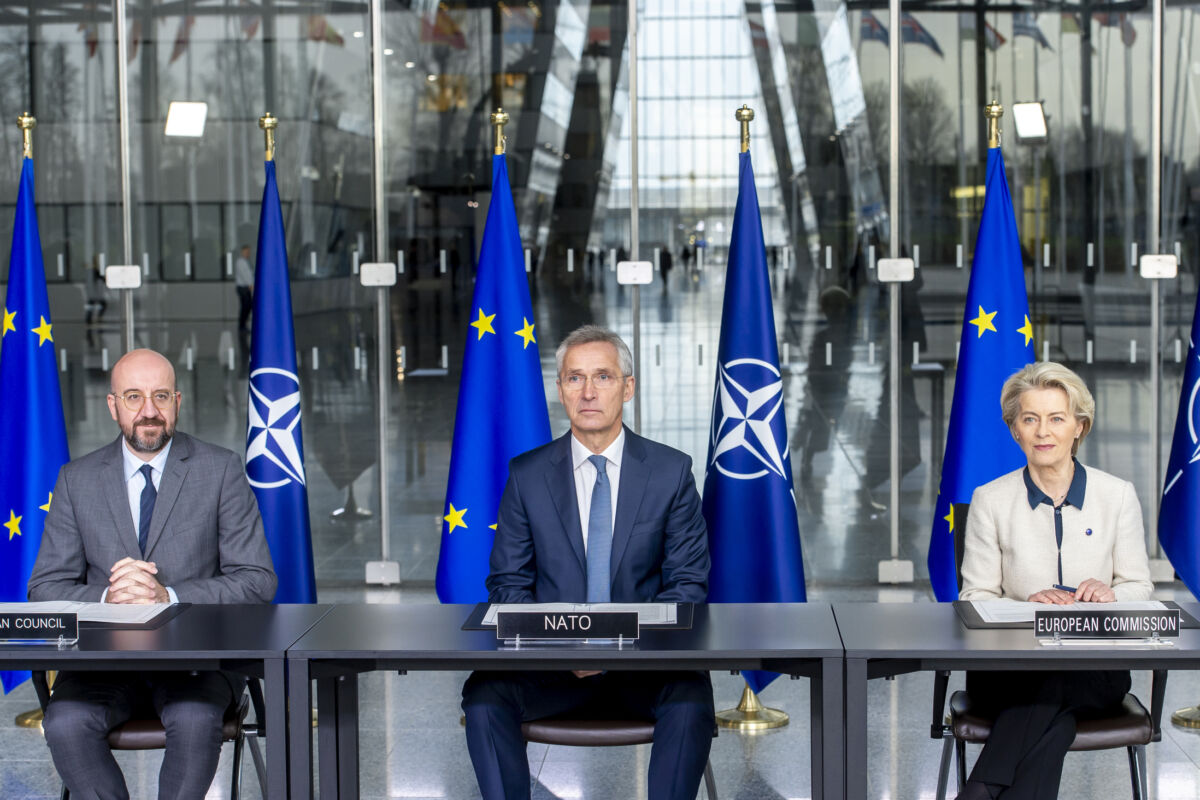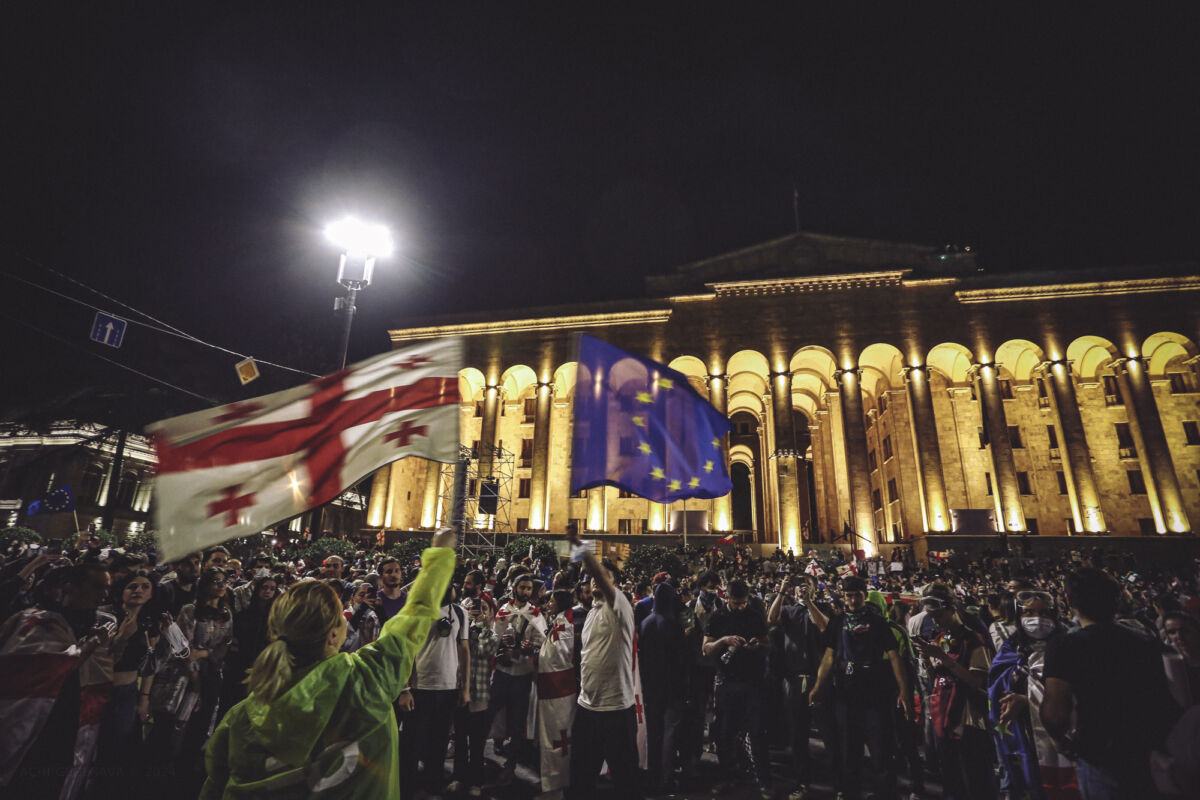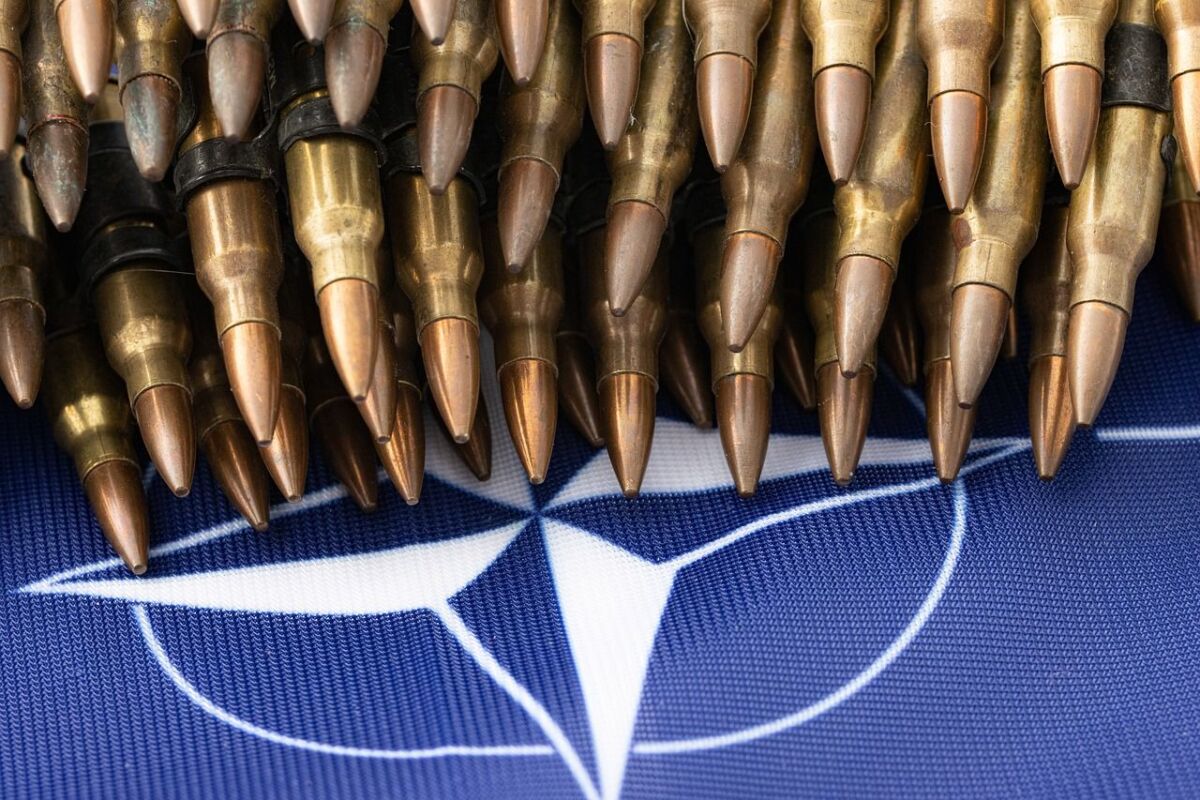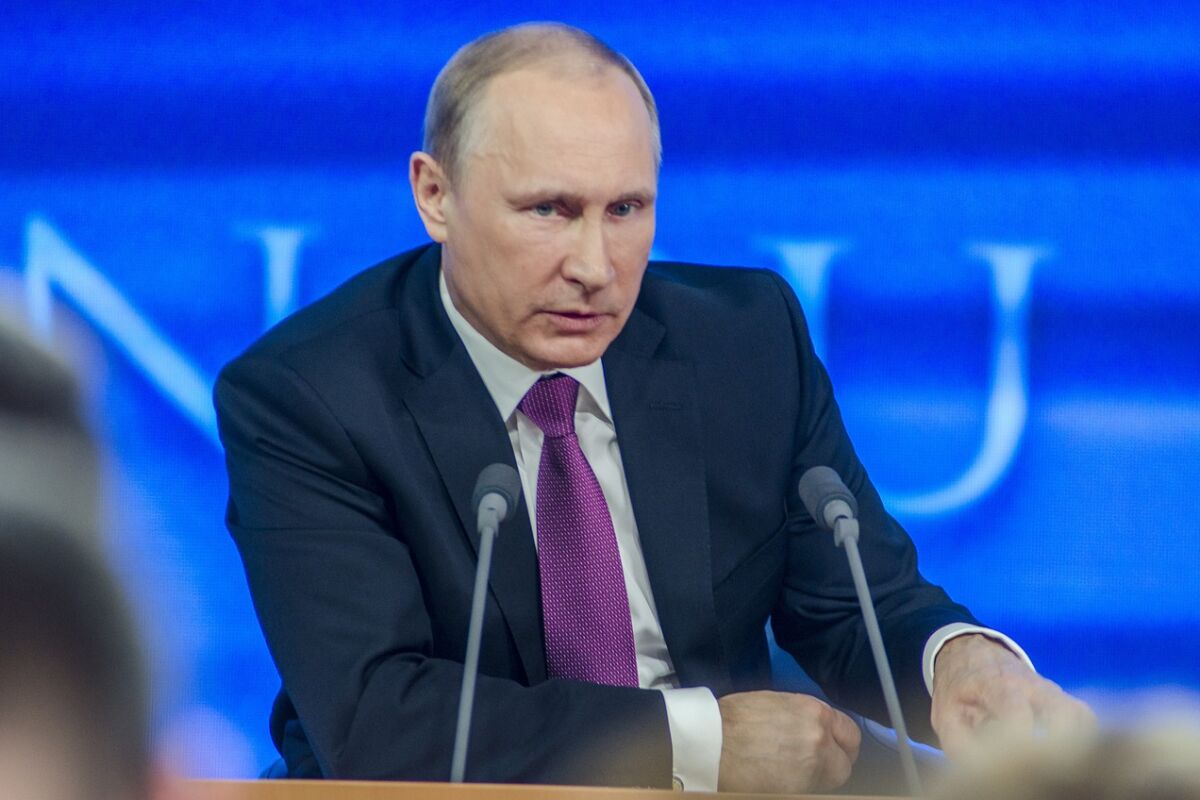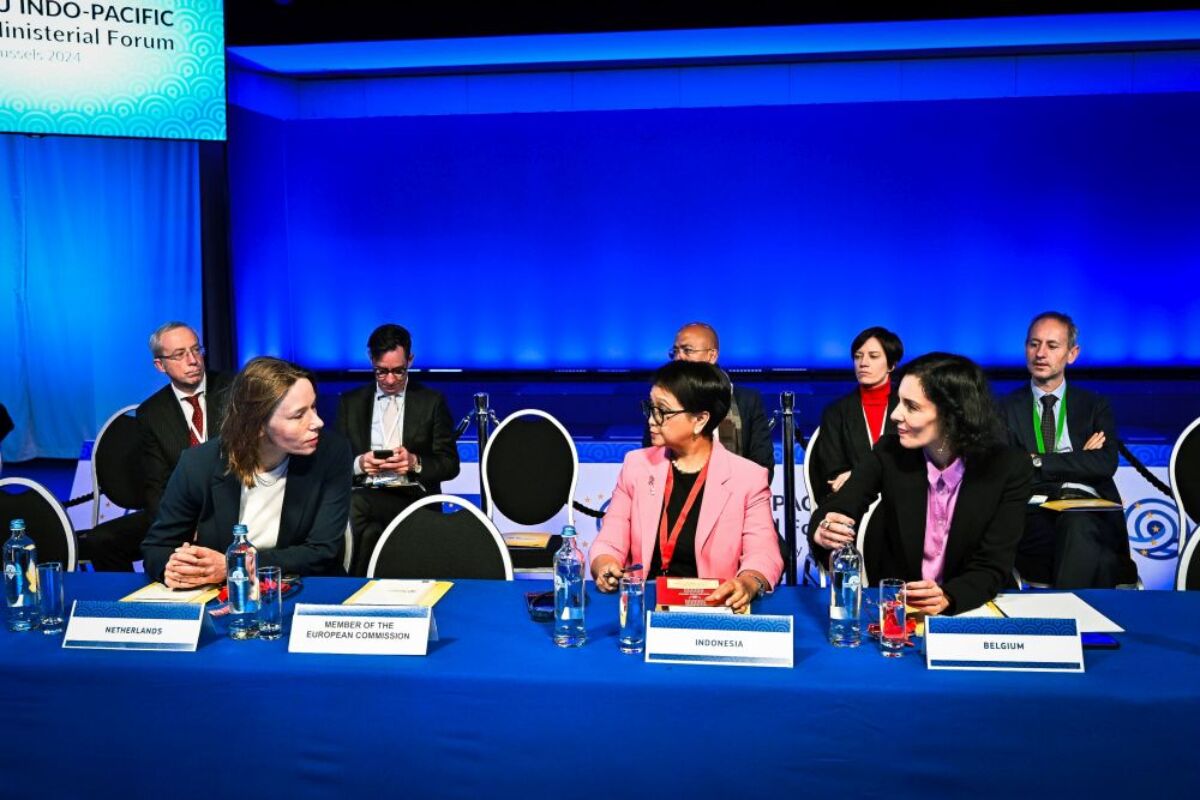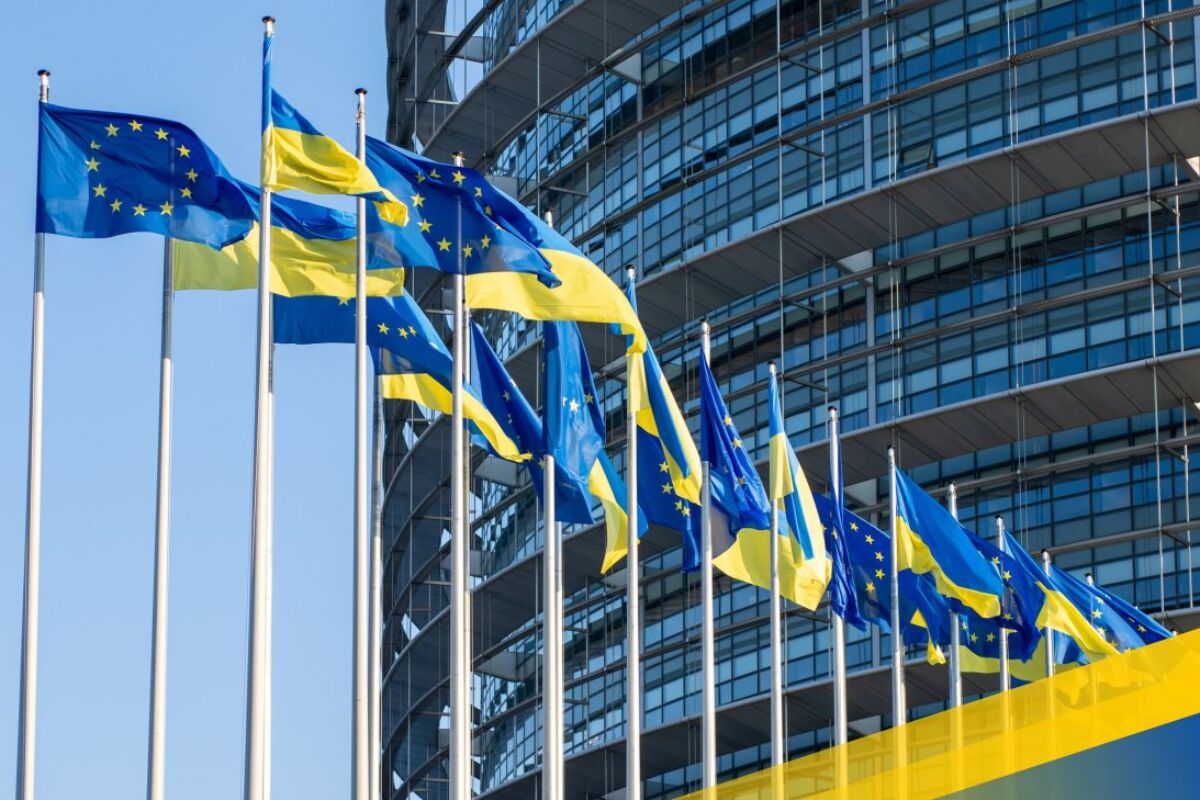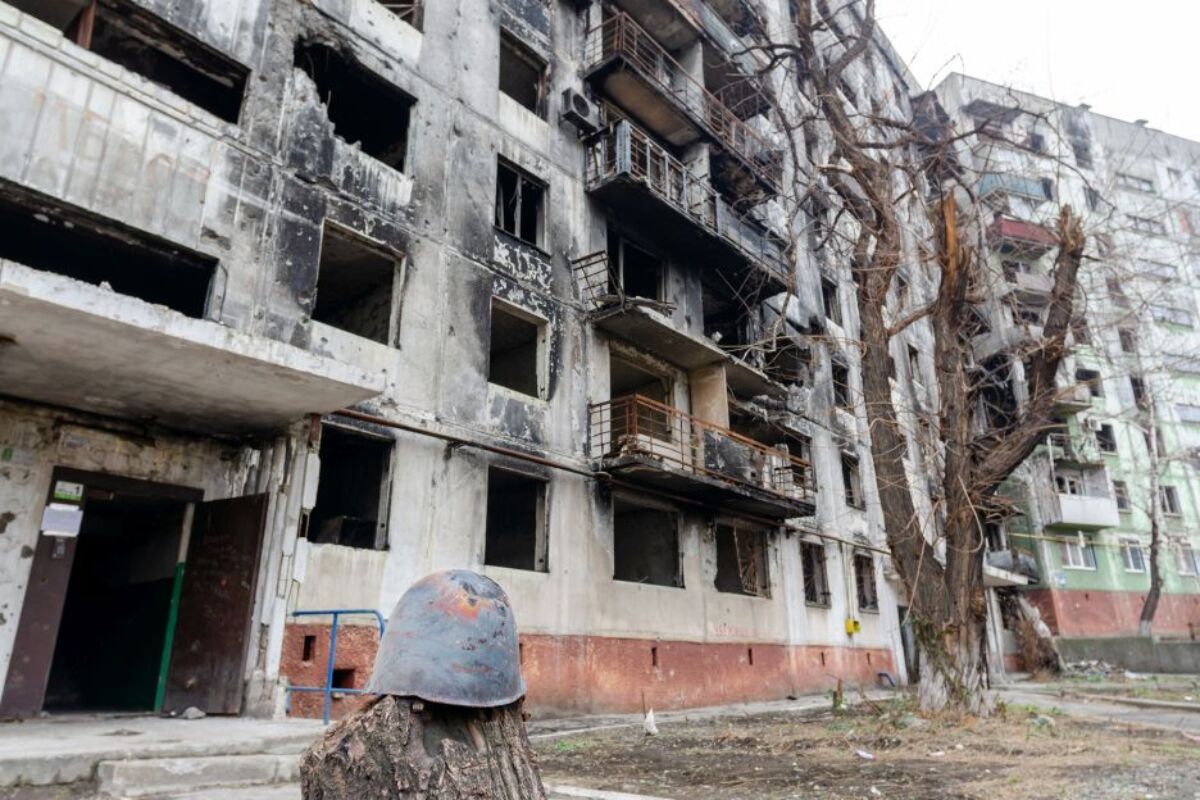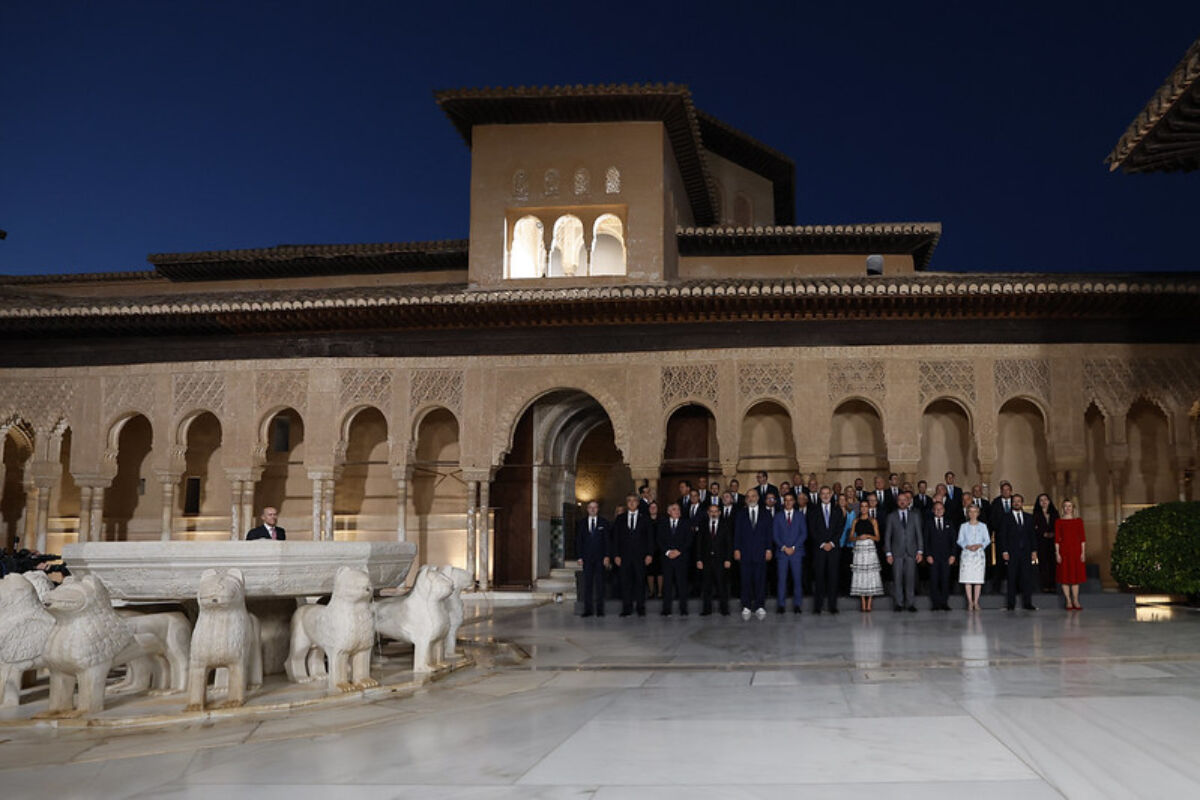The optics of this week’s planned Alaska meeting between US President Donald Trump and Russian President Vladimir Putin are deeply troubling. European security is being discussed while Ukraine and the EU are being sidelined.
Let’s be clear. This is not a ceasefire negotiation – ceasefires require the participation of all parties to the war, and Ukraine is not invited. Furthermore, talking about European security without Europe at the table is pointless. The credibility of the Alaska meeting has been undermined from the outset.
Instead, what we are looking at is a bilateral affair and a political concession to Putin. It gives him Trump’s attention without any enforceable outcomes and delays the sanctions that Trump himself has threatened. It also sends a dangerous signal that Ukraine and its allies are not being taken seriously when the security of Europe is being discussed. This is exactly the image Putin wants to project. By agreeing to meet Putin in person, Trump is playing right into the Kremlin’s hands.
Meanwhile, EU leaders have reaffirmed their position on lasting peace, Ukraine’s sovereignty and territorial integrity, and condemnation of changes to international borders by force. Unsurprisingly, internal divisions persist, with Hungary once again not engaging. But the other 26 Member States stand united. What is more, the broader coalition of the willing, including the UK, is aligned as well. This matters.
President Volodymyr Zelensky continues to show consistent leadership, working towards lasting peace grounded in international law. Ukrainians overwhelmingly reject territorial swaps. Handing territory to Russia would not end the war – it would embolden Moscow, threaten neighbours, and push its borders ever closer to the EU.
The stakes could not be higher. If Alaska produces a feel-good narrative of ‘progress’ for Trump while giving Putin a political win, it will strengthen Russia, fracture Western unity, and suggest that Ukraine is negotiable. That would reverberate far beyond Kyiv, shaking the entire post-Cold War European security order.
This is why the EU must act swiftly and decisively. First, it needs to ensure that Ukrainian and European interests are central in Washington’s calculations – and discussed when Europe is actually in the room. Second, even if some Member States, like Hungary, choose to keep out of it, internal divisions must not paralyse the EU’s action.
Third and crucially, the EU must work closely with the coalition of the willing to strengthen partnerships capable of providing enforceable security guarantees – the foundation for any real ceasefire. History leaves no doubt: Russia repeatedly breaks ceasefire agreements, often within days, as shown in the hundreds of violations of the Minsk Agreement before Putin launched his full-scale invasion in 2022. Without enforceable guarantees, any ceasefire would be little more than a pause, giving Putin time to rearm and plan further aggression.
The EU, which is not yet a security union, cannot provide these guarantees alone. Close coordination with the coalition of the willing is therefore essential, as is having the US on board. While the EU is Ukraine’s largest supporter, both militarily and financially, it still does not have the capacity to fully replace US military power. For now, American backing remains indispensable.
Washington, in turn, faces a stark choice. It can work with its historic allies to strengthen the transatlantic bond and defend shared Western values or bypass them for a bilateral deal with Moscow. The latter would play directly into Putin’s hands and undermine the alliances that have underpinned Western security for decades. For US interests, the path should be clear: coordinate with allies, increase pressure on Putin and impose sanctions that cut off the funding for his war. If Trump truly wants to end this war, that is the way forward.

